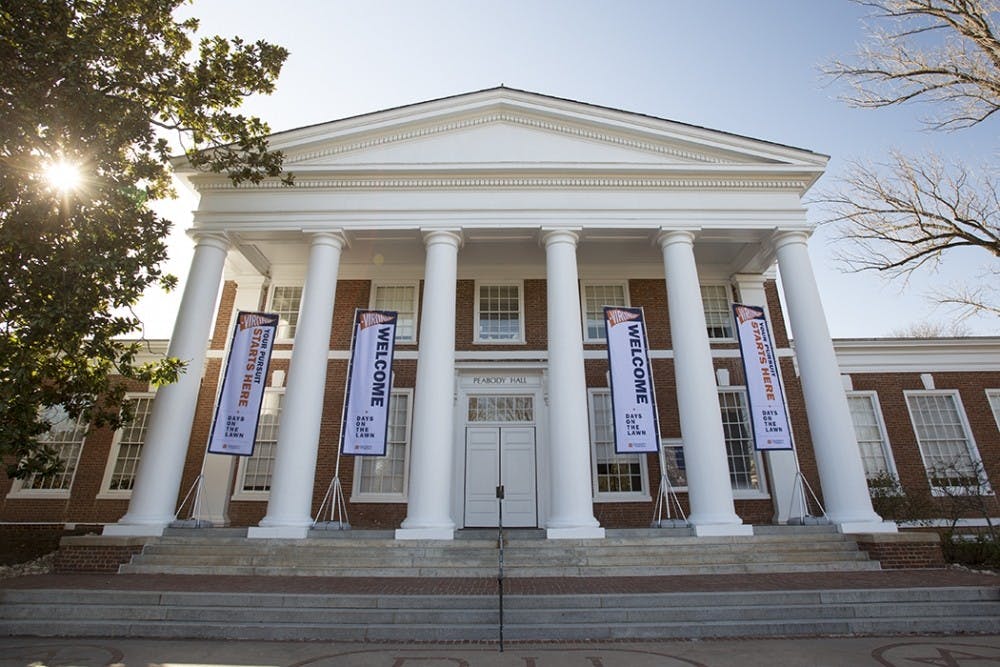Legacy students were admitted to U.Va. at nearly twice the rate of non-legacies in the fall 2018 semester, according to records obtained by The Cavalier Daily.
The term “legacy,” as used by the Office of Admission, refers to children or live-in stepchildren of University alumni.
Nearly 47 percent of legacy applicants received an offer in the most recent round of applications. In the same period, only a little over 25 percent of non-legacy applicants were offered admission — making the process almost two times as difficult for students whose parents did not attend the University.
Legacy applicants composed just over five percent of the approximately 37,000 applications received by the University, but represent more than 10 percent of about 10,000 offers sent by the University.
University Spokesperson Anthony de Bruyn said in an email statement to The Cavalier Daily that legacy children go through the same admissions process as all other applicants.
“Legacy status is one of several factors that is considered as part of our holistic review of applicants,” he said. “Other factors include whether applicants are first-generation college students, military veterans or from underserved and underrepresented backgrounds, to name a few.”
On aggregate, legacy applicants have marginally better test scores and grades than non-legacies, de Bruyn said. This year, the mean legacy applicant scores 20 points, or 1.25 percent, higher on the SAT. Legacies are also slightly more likely to have been in the upper echelon of their graduating high school class — 91 percent of legacy applicants are in the top 10 percent at their high school, while 89 percent of non-legacy applicants are in the same tier.
Even so, some groups have long decried legacy admission policies as regressive and outdated institutions. Last August, a former Princeton admissions officer wrote in a letter to The New York Times that legacy programs were at Princeton “affirmative action for whites.”
The legacy admissions program in place at the University may have implications on the racial composition of the student body — while the University does accept students of all races, legacies skew white. In 2018, this meant eight percent of admitted students were white legacies.
By contrast, Hispanic and Latinx, African-American and black and Asian and Asian-American legacy applicants each compose less than one percent of all admitted students.
The breakdown of admission offers for applicants in 2018 by race had a more even spread with no demographic exceeding a one-third admission rate. The demographic with the highest admission rate was black or African-American applicants at 32.7 percent, followed by Asian or Asian-American applicants at 29.8 percent. Hispanic or Latinx applicants had an acceptance rate of 25.8 percent and white or caucasian applicants had a 26.7 percent admission rate.
Generous admission policies for legacy children can be found at many schools — a research paper published in the Economics of Education Review by Michael Hurwitz found that in 30 highly-selective institutions, legacy children were admitted at 3.13 times the rate of non-legacies.
The University has also come under fire for the appearance of connections between applications and large donations. In April 2017, The Cavalier Daily obtained a “heads-up list” from the Office of Advancement of applicants whose families were notable donors and were flagged for special consideration, although de Bruyn said the Office of Advancement does not make admissions decisions.
This story has been updated to reflect the size of the applicant pool.





